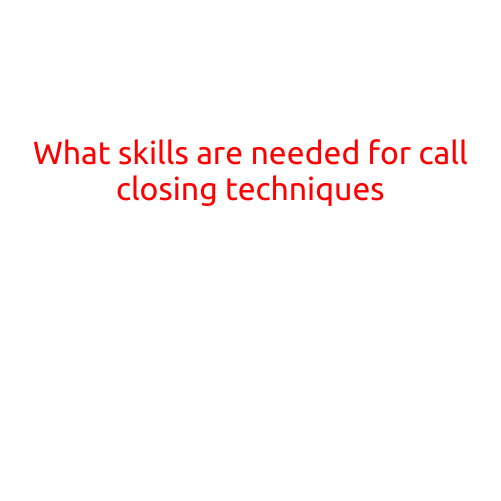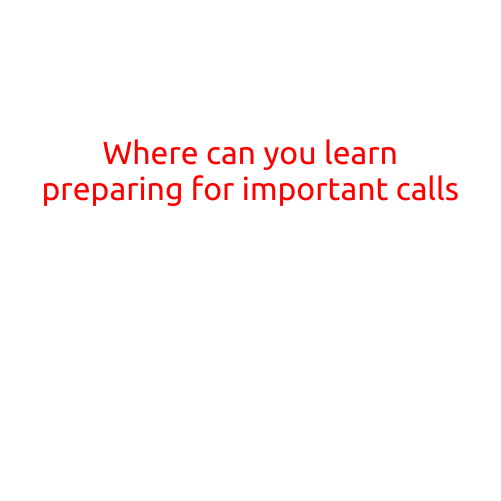
What are Strategies for Being Proactive on Calls?
In today’s fast-paced business world, being proactive on calls is essential for success. Whether you’re a sales representative, customer service agent, or entrepreneur, the ability to take the initiative and control the conversation can make all the difference in achieving your goals. In this article, we’ll explore strategies for being proactive on calls and provide tips to help you stay ahead of the game.
Pre-Call Research and Preparation
Before making a call, it’s essential to do your research and preparation. This includes:
- Reviewing the customer’s or prospect’s background information, including their company, industry, and previous interactions.
- Identifying the purpose of the call and what you hope to achieve.
- Preparing a clear and concise message that summarizes your key points.
- Anticipating possible objections and preparing responses.
- Having all necessary materials and resources readily available.
Active Listening
Active listening is a crucial aspect of being proactive on calls. It involves:
- Fully focusing on the person speaking and giving them your undivided attention.
- Paraphrasing and summarizing what the person is saying to ensure understanding.
- Asking open-ended questions to encourage the person to share more information.
- Avoiding interrupting and letting the person finish their thoughts.
Proactive Questions
Asking proactive questions can help you steer the conversation in the direction you want it to go. Some effective tips include:
- Asking about the person’s goals and challenges to understand their needs and pain points.
- Seeking clarification on their current situation and how it may be impacting their business.
- Inquiring about their opinions and perspectives to build rapport and empathy.
- Using the questions to highlight the benefits of your product or service.
Strategic Silence
Strategic silence is a powerful tool for being proactive on calls. It involves:
- Avoiding filling the silence with unnecessary words or filler phrases.
- Using the silence to gather your thoughts and plan your next response.
- Letting the person speak and respond to their statements before responding yourself.
- Using the silence to build anticipation and suspense.
Controlling the Conversation
Controlling the conversation doesn’t mean talking over the person or dominating the discussion. Rather, it involves:
- Starting the call with a clear and concise statement of purpose.
- Steering the conversation towards your key points and objectives.
- Using transitional phrases to smoothly move from one topic to the next.
- Avoiding going off-topic or getting sidetracked.
Recap and Next Steps
Before ending the call, it’s essential to recap the key points and discuss next steps. This includes:
- Summarizing the main points and agreements.
- Confirming actions and responsibilities.
- Providing a clear call to action and deadline.
- Ending the call with a positive note and a clear plan for follow-up.
Conclusion
Being proactive on calls requires a combination of preparation, active listening, and strategic communication. By following these strategies, you’ll be well on your way to taking control of your calls and achieving your goals. Remember to always be prepared, focused, and adaptable, and don’t be afraid to take the initiative and steer the conversation in the direction you want it to go.





